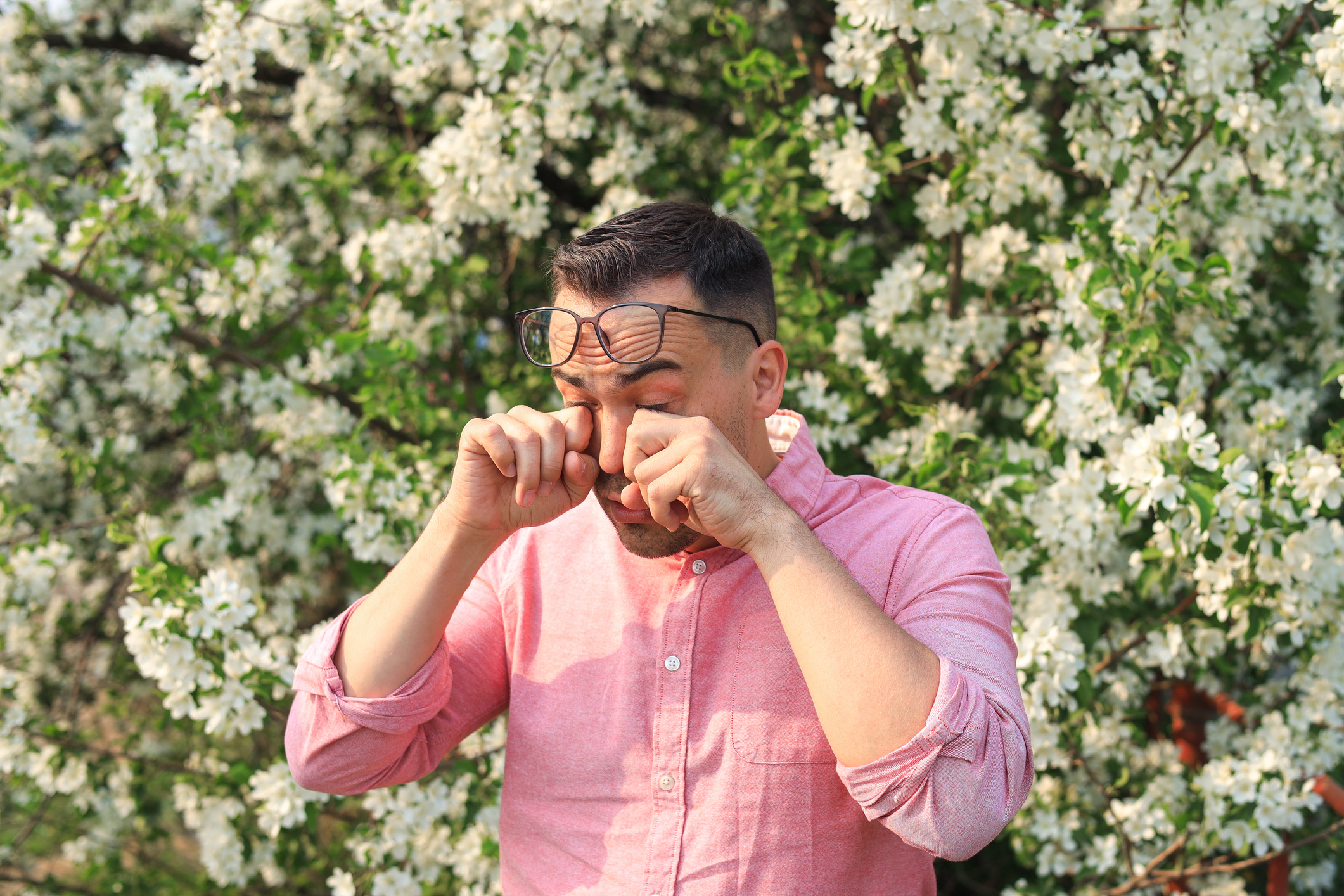Author: Erin Incarnati

Spring is here, meaning more daylight, warmth, and plant, tree, and grass regrowth. Unfortunately, for far too many of us, this season can also trigger health changes. The good news is, there are several ways to navigate these changes for an easier seasonal transition.
“Although you might think springing forward results in increased health benefits because we get more hours of daylight, it is actually just the opposite,” said Dr. Morgan Miller, a family medicine physician at McLaren Flint-Flushing Community Medical Center. “Sunlight is the most powerful synchronizer of the circadian rhythm, the physical, mental, and behavioral changes we experience in a 24-hour period. The increased light extending into the evening can disrupt sleep patterns, making it more difficult to fall asleep at your usual bedtime.”
The time shift can also affect us in the morning. It may be dark, so we do not have the sun to alert our bodies that it is time to wake up. The extended daylight hours can also mean later bedtimes, leading to less sleep.
“Disrupted sleep cycles can not only cause sleepiness and mood disturbances, but they can also increase heart attack and stroke risk,” said Dr. Miller.
The good news is exercise can help us adjust to the time change faster and, in turn, get better sleep.
“The increased light in the evening does appear to encourage people to exercise more, because they feel they have more time in their day,” said Dr. Miller. “Exercising outside in the sunshine is a good way to get a little vitamin D, however, it’s important not to exercise too close to bedtime because the endorphins and adrenaline released during a workout can make it hard to fall asleep.”
If you’ve been sedentary all winter, Dr. Miller suggests easing into an exercise routine.
“A safe way to get back into exercise is to start with short, frequent intervals. You should vary your activities, stretch before and after exercise, and listen to your body to lessen the risk for injury and muscle aches.”
The time change is not the only spring health threat. Remember, spring can be a rough, allergy season. The Centers for Disease Control and Prevention reports that nearly 26 percent of adults and 19 percent of children suffer seasonal allergies. Symptoms typically start in late March and can include itchy, watery eyes (allergic conjunctivitis), sneezing, rashes, hives, and an itchy, runny, or congested nose. Treatment depends on symptoms, but daily or as-needed oral antihistamines are the most common choice. A steroid nasal spray is a good option for nasal symptoms.
“If you are on prescription medications or new to seasonal allergies, it’s important to speak with your primary care doctor regarding the appropriate use of over-the-counter medications,” Dr. Miller added.
This year as spring rolls in, keep your health in mind, do what you can to get enough sleep, get active if you aren’t already, and seek your doctor’s guidance to tackle the first signs of seasonal allergies.
If you need a primary care provider, you can find one who is accepting new patients here.